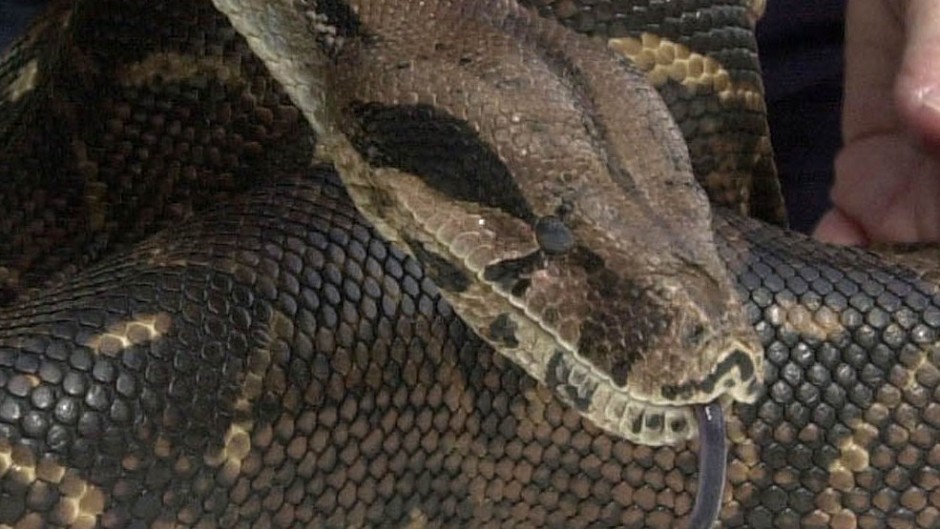Last month I found myself reading two children’s books, pondering which of the two I’d rather read to a group of toddlers who would soon be learning about ‘critters in litter’ (wee beasties in the undergrowth). One was about a badger and one was about a worm.
Both books were beautifully illustrated, colourful, crammed full of animals and either of them would have been perfect for showing kids the wee creatures that go unseen in the woodland. But I took an instant dislike to the one about the worm on account of its choice of villains. A lizard and a jet-black crow.
The strength of my feeling took me by surprise but it undoubtedly stemmed from having come to appreciate over the years the less appealing, less huggable and yes, the ‘uglier’ members of the animal kingdom in recent years. And from my subsequent frustration at our eagerness to embrace the cute and the fluffy, while eagerly dismissing, demonising or simply ignoring everything else.
“Calm down, it’s just a kids’ book!” I hear you cry.
Yeah you’re right, this might seem a lot to lump on just one random kids’ book. But animals aren’t inherently good or bad, they just do what comes naturally in order to survive. As such, any creature could be portrayed as a hero and any creature could be portrayed as a villain, and so my heart does sink a bit when the baddies or the fools or the crooks in kids’ stories turn out to be lizards or rats or crows or snakes or spiders or whatever else. Why can’t robins be the villains ? Why aren’t there evil kittens? Or dastardly cows?
If we’re truly basing villainy on unpleasant traits or appearances, I know some folk who would swear the blank, glassy bovine stare is a thing of pure unadulterated malevolence!
Reptiles in particular do seem ready-made for villainy, their features readily employed in a derogatory fashion. Being cold-blooded, their physiology is very different to ours and this particular trait has long been employed to describe unfeeling, merciless, creepy or wily human behaviour.
Lounge lizards, for example. Some reptiles are of course venomous, a term used to describe someone who acts in a spiteful or malicious way. Reptiles have also walked and slithered this planet much longer than we have, which makes them seem primeval, more elemental and therefore a bit unsettling. Perhaps even a little bit alien and otherworldly.
It’s little wonder that fictional spaceship captains and their crews frequently seem fated to meet their demise at the clawed hands of reptilian creatures. It could be a cultural thing, certainly you can trace this mistrust all the way back to the Garden of Eden, but I also wonder if it’s got something to do with dinosaurs, knowing as we do that they once ruled this planet. Maybe there’s a little bit of apprehension and mistrust lurking deep in our psyche, the feeling that if we turn our backs on lizards and their ilk, they might rise again. (looks out window, just in case.)
We’re possibly also hard-wired to be fearful of poisonous and venomous creatures, but whatever the reasons we do seem generally wary of scaly cold-blooded things.
Maybe that helps to explain why that bonkers global conspiracy theory surfaces every few years. You know, the one that reckons the global elite are all reptiles in human form. Yes, I’m serious. Just search online for ‘Royal Family are shape-shifting lizards’ and I promise, you’ll be sat there with your jaw on the floor.
Apparently the royals can regenerate their skin in the same way lizards grow new tails. Hmm, might that explain their impressive longevity? Part of me wishes it were true, if only because it means the 1983 ‘sci-fi and shoulder pads’ epic, V, starts to look less like prime time fantasy and more like gritty docu-drama.
“You got all THIS from a book about a worm?” I now hear you ask.
Erm…yes. Clearly it bothered me more than it probably should have but I couldn’t help myself. Ultimately though, it’s a bit like when we’ve had film crews asking the ranger service if they can shoot medieval films in one of our sitka spruce plantations. Historians and ecologists surely bristle at the sight of 13th Century Scots chatting below regimented lines of trees that didn’t arrive in Europe until the 19th Century.
“Oh the inaccuracy! It’s Braveheart all over again!”
But once on screen, nobody cares. And obviously the kids wouldn’t give a monkey’s what book I read to them. All the same, in a world where we’re generally conditioned to love the cute and fluffy, and where we use reptilian features and traits to describe the aspects of humanity that we don’t like, when faced with a simple choice I chose not to create or reinforce some notion of reptiles being wily or wicked or whatever.
I made a stand. A small one I admit, but a stand nonetheless for reptiles and all the other maligned creatures out there. Instead, the kids got to hear all about the badger who caused havoc by over-tidying its woodland – but that’s another story.











